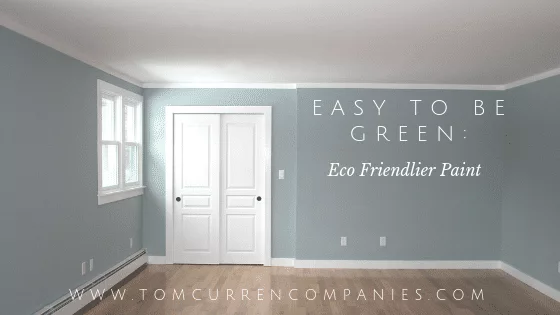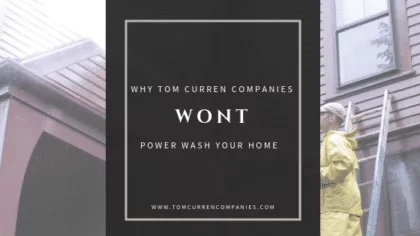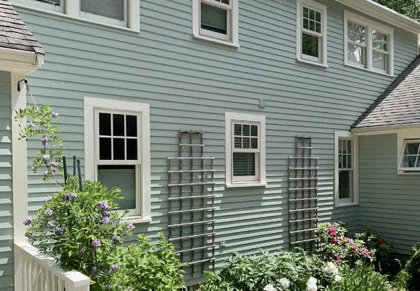Volatile Organic Compounds – What is VOC?

Paints are composed of three central elements: pigment (which gives paint its color), binders (which makes the pigment adherent), and solvents (which keep the paint liquid). It’s the latter category that we’re concerned with here, primarily because solvents are high in something called volatile organic compounds—or VOCs.
Volatile organic compounds are carbon-based molecules that vaporize readily into the air, causing what the EPA has deemed dangerous levels of indoor air pollution. VOCs keep paint thin enough for application but, as your paint dries, the compounds cease to exist in liquid form. That’s what makes them volatile: they’re unstable; they don’t remain in their initial form for long. Rather, they enter the atmosphere, releasing chemical toxins that, simply put, are bad for your health. Nausea, respiratory difficulties, headaches, and watering or burning eyes are some of the most common reactions to high levels of VOC exposure. By some estimates, indoor VOC levels are typically ten times higher than outdoor levels, with that factor spiking to 1,000 immediately following a fresh paint job. But that’s not where it ends: VOC vapors can drift off surfaces for several years after painting, albeit at far lower levels than during the drying phase.
In response to public health concerns, national regulations have been put in place to limit the VOC content of paints. And the worst offenders—oil-based products, which let off white spirit fumes and formaldehyde—have been largely taken off the market, replaced by low-VOC paints, no-VOC paints, and other environmentally-conscious options. The reduction in fumes makes these new products safer for those who are most vulnerable to the dangers of volatile organic compounds—pregnant women, for instance, and people prone to migraines or smell sensitivity.
It’s worth noting that a paint with low-VOC content (or even no-VOC content) isn’t necessarily a toxin-free paint. If you’re looking for the very safest option possible, you may want to consider paints stamped with the so-called “Green Seal.” Products carrying the “Green Seal” logo are guaranteed to be free of a litany of toxic compounds (including heavy metals and carcinogens). Other options include natural paints—paints composed largely of organic materials, like clay, linseed oil, milk protein, chalk, and lime.
And one final note: choosing paint with low VOC content is a great option for your home and health, but there are some surfaces where it doesn’t quite stack up to traditional paints. It’s perfect for walls and ceilings, for example, but not so great for your trims, where you use a brush rather than a roller. Paints with lower VOC content dry even faster than their traditional counterparts, so any brushstrokes will tend to show up, remaining as a trace on your trim in perpetuity (or until your next touch-up).
READ OUR
Related Articles
Locations






